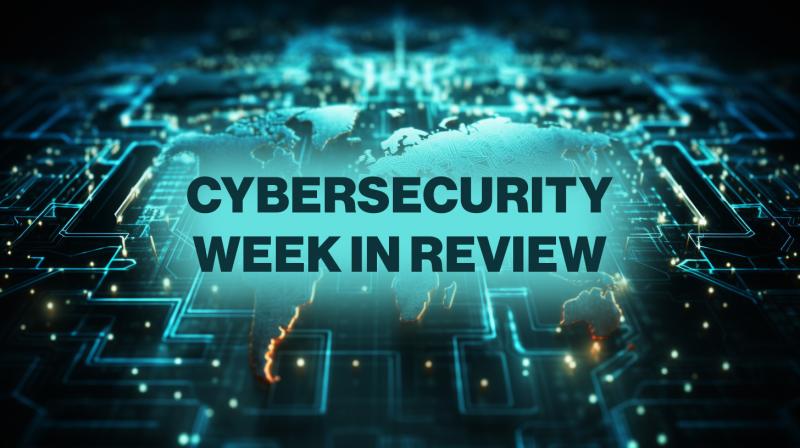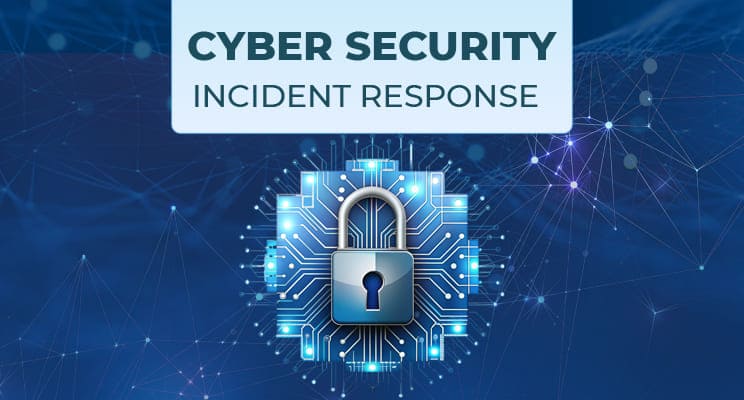Incident Response 101 (Part 2)
Reporting, Containing, and Learning
From containment to communication, this post dives into the structured side of incident response — what your team should do once a threat has been confirmed.

Incidents are inevitable. Chaos isn’t.

Introduction
If Part 1 was about personal response — the immediate steps you take when something goes wrong — Part 2 is about the organizational response.
Incident response (IR) is a structured, step‑by‑step process that turns potential chaos into controlled action. The difference between a near‑miss and a full‑scale breach depends on how efficiently your organization coordinates.
In this deep dive, we explore each stage of a mature IR program, from detection to recovery, and how even small teams can adapt enterprise‑grade practices.
1. Detection & Analysis — Knowing You’ve Been Hit
Many breaches go unnoticed for days or weeks. The first challenge is simply knowing something is wrong.
Detection Sources
- Endpoint detection and response (EDR) alerts
- Firewall or intrusion logs
- Suspicious user reports
- Abnormal network activity (large data uploads, new domains)
Once an alert surfaces, quick triage determines its legitimacy. Not every alert is an incident — but every ignored one could be.
Analysis Steps
- Identify entry point (phish, exploit, misconfig).
- Determine scope — which systems or accounts are affected.
- Classify severity — informational, low, medium, or critical.
- Preserve forensic evidence (logs, memory dumps, affected files).
Well‑maintained logs are a lifesaver here; without them, you’re flying blind.
2. Containment — Stopping the Bleeding
Containment prevents an attacker from spreading laterally or escalating privileges.
Short‑Term Containment
- Disconnect compromised hosts from the network.
- Disable affected accounts.
- Block known malicious IPs or domains.
Long‑Term Containment
- Patch vulnerabilities exploited.
- Reset credentials enterprise‑wide if needed.
- Segment networks to isolate high‑value assets.
Balance is key — act fast, but don’t destroy evidence you’ll need for investigation.
3. Eradication — Removing the Threat Completely
Once contained, the next goal is eradication — ensuring no trace of the compromise remains.
- Wipe or re‑image infected systems.
- Delete malicious scripts, scheduled tasks, or persistence mechanisms.
- Verify backups are clean before restoring.
- Update antivirus signatures and endpoint policies.
Use a “clean‑slate” mentality: if in doubt, rebuild.
4. Recovery — Back to Business Safely
Recovery is about restoring operations without reintroducing the threat.
- Gradually reconnect cleaned systems to the network.
- Monitor logs intensively for anomalies.
- Validate integrity of restored data.
- Communicate transparently with affected users or clients.
Communicating During Recovery
Clarity builds trust. Avoid over‑promising or under‑disclosing. State facts, actions taken, and measures for future prevention. Internally, regular situation reports keep management aligned and panic low.
5. Lessons Learned — Turning Mistakes into Maturity
The most overlooked — yet most valuable — step in IR is the post‑incident review.
Conduct a Blameless Post‑Mortem
Focus on systems and processes, not people. Ask:
- What signals were missed?
- What tools helped most?
- How can detection be faster next time?
- Are runbooks up to date?
Document everything. Every incident should leave behind a trail of knowledge stronger than the threat itself.
Building a Culture of Readiness
A successful IR program isn’t just about having a plan — it’s about rehearsing it. Tabletop exercises, phishing simulations, and breach drills keep teams sharp. The more comfortable people are responding under simulated pressure, the better they perform during the real thing.
Key Takeaways
- Fast detection saves days of recovery.
- Containment and communication must run in parallel.
- Evidence preservation is as critical as eradication.
- Learn relentlessly — every incident refines resilience.
- True readiness comes from practice, not paperwork.
The strongest defense isn’t flawless security — it’s a team that knows exactly what to do when perfection fails.


